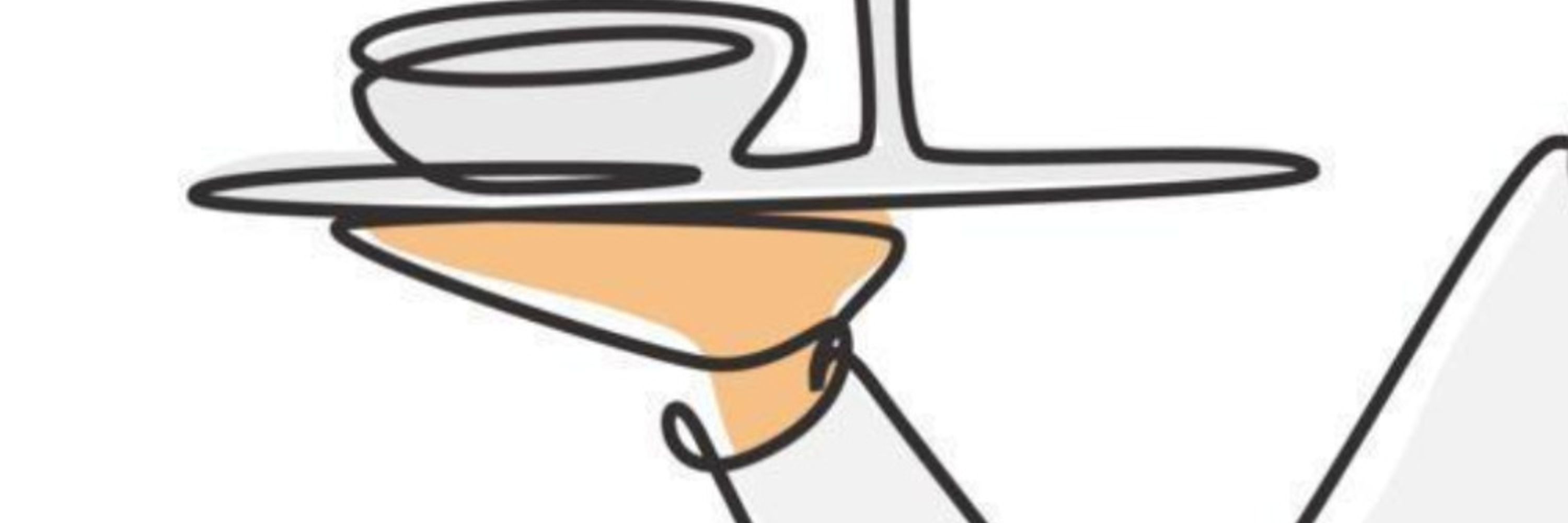JJ
@jjodx.bsky.social
760 followers
310 following
590 posts
Engineer working on motor control/motor learning/aging in the department of Movement Sciences at KU Leuven (Belgium)🧠🧠🧠
Posts
Media
Videos
Starter Packs
JJ
@jjodx.bsky.social
· 2h
Reposted by JJ
JJ
@jjodx.bsky.social
· 7h
Reposted by JJ
JJ
@jjodx.bsky.social
· 2d
Reposted by JJ
JJ
@jjodx.bsky.social
· 2d
JJ
@jjodx.bsky.social
· 2d
JJ
@jjodx.bsky.social
· 2d
JJ
@jjodx.bsky.social
· 2d
JJ
@jjodx.bsky.social
· 3d

Does anodal tDCS over M1 really enhance motor sequence learning? A non-replication of earlier findings in a double-blind, pre-registered large-sample study in humans
Background Transcranial direct current stimulation (tDCS) is one of the most widely used noninvasive neuromodulation methods. Despite its popularity, some recent studies highlighted issues about the r...
www.medrxiv.org
JJ
@jjodx.bsky.social
· 7d

Competitive pre-ordering during planning persists in kinematically fused sequential movements
Results in human and non-human primates have shown that elements of a movement sequence are pre-ordered in parallel competitively before execution, a process known as competitive queueing (CQ). Howeve...
doi.org
Reposted by JJ
JJ
@jjodx.bsky.social
· 8d
JJ
@jjodx.bsky.social
· 10d

Adults up to 80 years old maintain effective movement planning when facing complex body dynamics
Aging can significantly impact motor performance, especially in highly complex tasks such as multi-joint movements where the nervous system needs to adequately coordinate mechanical interactions betwe...
www.biorxiv.org
JJ
@jjodx.bsky.social
· 10d

Adults up to 80 years old maintain effective movement planning when facing complex body dynamics
Aging can significantly impact motor performance, especially in highly complex tasks such as multi-joint movements where the nervous system needs to adequately coordinate mechanical interactions betwe...
www.biorxiv.org
Reposted by JJ
Reposted by JJ
JJ
@jjodx.bsky.social
· 20d
JJ
@jjodx.bsky.social
· 20d
JJ
@jjodx.bsky.social
· 21d






![Comic. [Two people hiking up mountain] PERSON 1: Okay, we’re nearing the next downhill segment I’ll put in the order. ...Confirming start and end points… Submitted! [water slide being dropped from above by drones] PERSON 2 with long hair: Look, here it comes! [Waterslide positioned on downhill slope of mountain with both people riding down] BOTH: Wheeee [Waterslide carried back into the air] [Both people continuing to hike up next slope] [caption] On-demand waterslide delivery has really improved the whole hiking experience.](https://cdn.bsky.app/img/feed_thumbnail/plain/did:plc:cz73r7iyiqn26upot4jtjdhk/bafkreidm63b6uwkz3637hw7j676gmfr7goembontcnk3vq4dakkqbfvg7a@jpeg)



